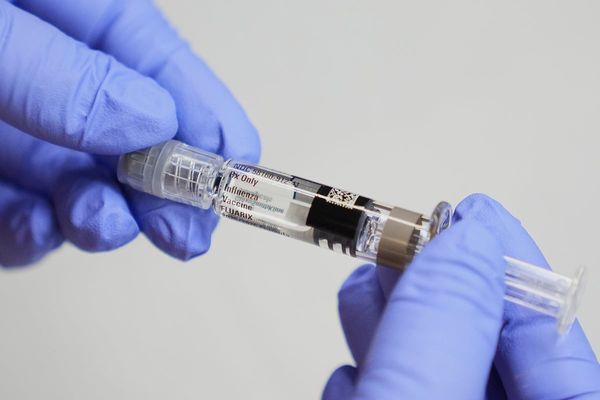
Ten state-run banks, which have published their March quarter results so far, reported a 75% jump in net profit while 18 private sector banks reported a 91% growth in net profit. Net interest income or core income growth was mixed across the sector, barring Bandhan Bank, Ujjivan Small Finance Bank, AU Small Finance Bank, IDFC First Bank and Fino Payments Bank which reported a much higher growth. Margins improved for ICICI Bank, Kotak Mahindra Bank and mid-sized banks while they shrank for HDFC Bank, Axis Bank, Federal Bank and state-run banks. Other income was muted for most banks due to the impact of reduced treasury gains owing to hardening of bond yields. In the case of private lenders, higher operating expense due to increased investment in technology contributed to dragging the pre-operating profit growth.
“We expect earnings to remain resilient; however high inflationary environment and aggressive rate hike can impact the pace of demand recovery. While commentary on treasury performance stood surprisingly benign, we remain watchful of potential MTM (mark-to-market) losses which coupled with high opex for select banks can affect the PPoP (pre-provision operating profit) growth," said Nitin Aggarwal, banking analyst, Motilal Oswal.
During the quarter, asset quality was under control for private banks with most witnessing a sequential drop in gross bad loans. However, state-run lenders barring SBI saw an increase primarily led by higher MSME slippages. Provision coverage ratio (PCR), or the percentage of bad assets that a bank has to provide for from its own funds for the system, is also at the highest level in two decades. ICICI Bank had the highest PCR at 80% with other major banks in the range of 72-75%. This is reflecting in a sharp decline in credit cost for the banking system.







